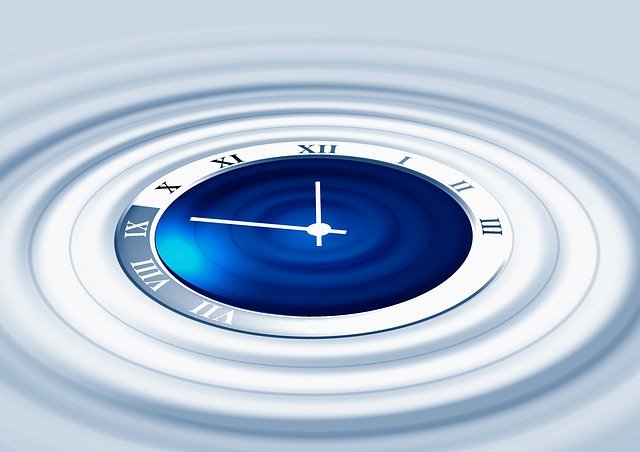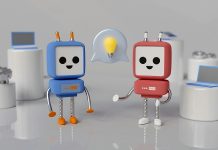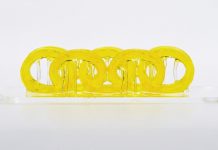
In a new study, researchers explored the concept of reversing time in a first-of-its-kind experiment.
They managing to return a computer briefly to the past.
The findings show new possibilities for quantum computer program testing and error correction.
According to the team, a quantum computer that can effectively jump back and clean up errors as it works will be far more efficiently.
The study was done by an international team led by the U.S. Department of Energy’s (DOE) Argonne National Laboratory.
In the study, the team developed an algorithm for IBM’s public quantum computer. The computer can simulate the scattering of a particle.
In classical physics, the scattering of a particle might appear as a billiard ball struck by a cue, traveling in a line.
In the quantum world, however, one scattered particle takes on a fractured quality, spreading in multiple directions.
In nature, restoring this particle back to its original state is impossible. This is because people need an external force to manipulate the particle’s quantum waves at every point.
But, the researchers suggest the timeline required for this external force to appear and manipulate the quantum waves will extend longer than that of the universe itself.
Using their algorithm, the team simulated an electron scattering using a two-level quantum system.
The electron goes from a localized, or “seen,” state, to a scattered one.
After that, the algorithm throws the process in reverse, and the particle returns to its initial state.
The team found the algorithm delivered the same result 85% of the time in a two-qubit quantum computer.
Given that quantum mechanics is governed by probability rather than certainty, the odds for achieving this time-travel feat were pretty good:
The team suggests the results deepen the understanding of how the second law of thermodynamics acts in the quantum world.
The law shows that a system will always move from order to entropy and not the other way around
The findings also support the idea that irreversibility results from measurement and shows that the concept of “measurement” plays in the very foundation of quantum physics.
The researchers hope their findings may enable better methods of error correction on quantum computers, where accumulated glitches generate heat and beget new ones.
A quantum computer able to effectively jump back and clean up errors as it works could operate far more efficiently.
The leader of the study is Argonne senior scientist Valerii Vinokur.
The study is published in the journal Scientific Reports.
Copyright © 2019 Knowridge Science Report. All rights reserved.



